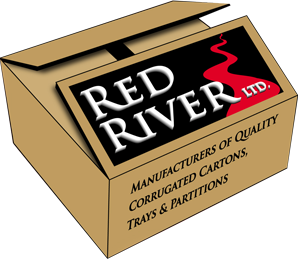
FAQs
>> What are the different types of packaging products you supply?
►Corrugated cartons, trays and partitions for all kinds of industries.
►Carton sealing tape and tape dispensers.
►Corner boards; plastic strapping; strapping seals; strapping seal crimpers and carton closing staples.
►Stretch wrap films and film dispensers for palletizing and other uses.
►We can also source any other packaging needs you may have.
>> Do you produce both kraft (brown) and white cartons?
►Yes.
>> What are your printing capabilities?
►We can print up to five colours.
►Delivery is available subject to certain conditions.
>>What is your lead time for fulfilling an order?
► Our normal lead time is 2-3 weeks; however we have standard stock cartons in inventory that may be able to fulfill your immediate needs. In addition, we will make every effort to accommodate your emergencies.
>> What is the significance of a Box Manufacturer’s Certificate (BMC)?
►The significance of the BMC is to certify that the carton meets the applicable industry standards as it relates to material specifications, and this varies depending on the total gross weight and dimensions of the carton and its contents. The BMC is a circular or rectangular stamp usually printed at the bottom of the carton and it identifies the manufacturer.
>> What is the difference between ECT and Mullen?
►There are two tests to determine the grade of corrugated cartons. The edge crush test (ECT) measures the compression strength, whereas the Mullen measures the burst resistance. Cartons can be made using either or both of the two standards. However, ECT is the industry standard widely used today.
►The size of a corrugated carton is stated in the following order: length x width x height (depth). The measurements are based on the opening of the assembled carton. The longer side is the length and the shorter side is the width. The measurement from the underside of a closed top flap to the bottom is the height (depth). Dimensions are either specified for the inside or outside of the carton. Inside dimensions ensure proper fit of the product that is being transported or stored. The outside dimensions are important when determining palletization.

